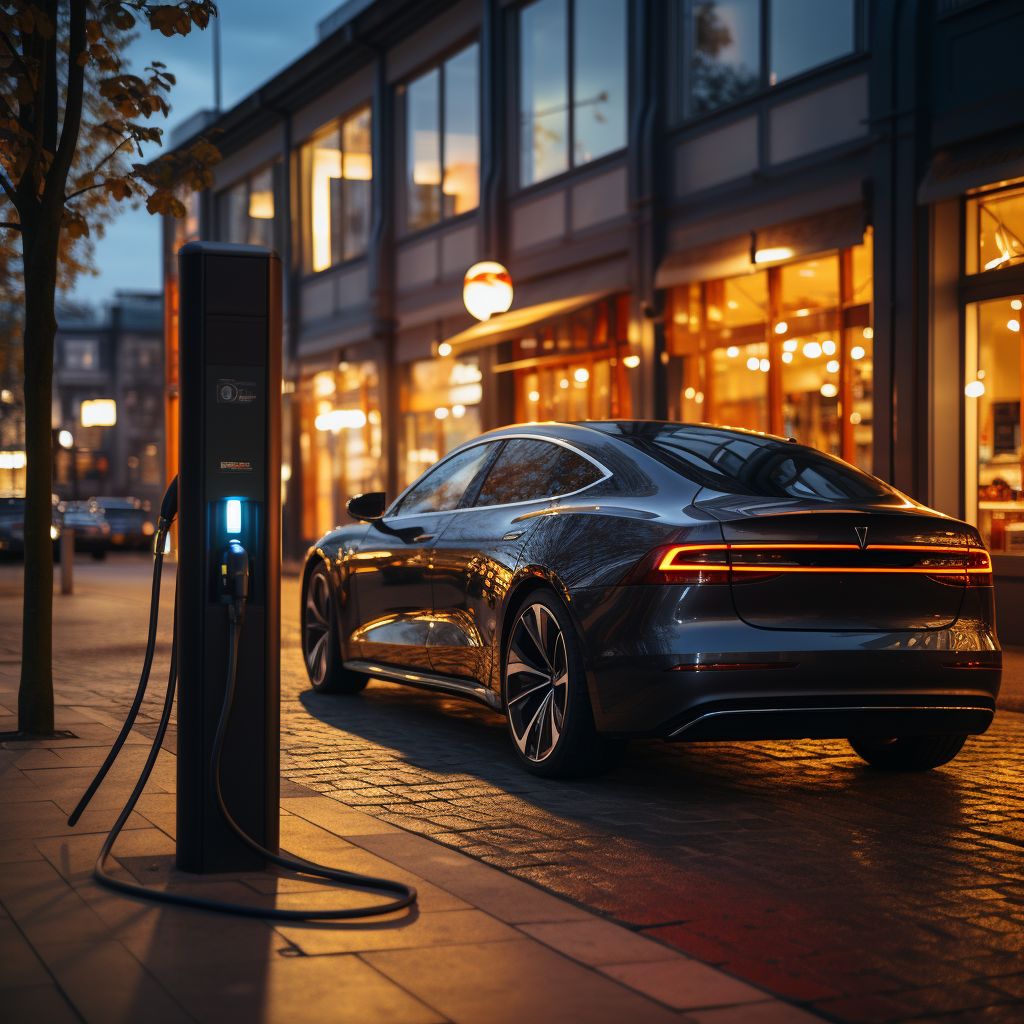When it comes to home charging for electric vehicles (EVs), Mode 2 EV charging cables represent a viable and often optimal choice for many EV owners. This in-depth analysis explores the key factors that make Mode 2 charging cables an attractive option for residential charging:
1. Convenience and Accessibility:
Plug-and-Play: Mode 2 EV charging cables are designed to work with standard household electrical outlets, which means they can be used without the need for complex installation or dedicated charging equipment.
No Infrastructure Costs: Unlike installing a dedicated Level 2 charging station, which can involve substantial setup costs, Mode 2 cables utilize existing electrical infrastructure, making them a cost-effective choice.
2. Versatility and Compatibility:
Wide Vehicle Compatibility: Mode 2 cables are compatible with a broad range of electric vehicle makes and models, as long as they use the standard Type 2 or Type J sockets, which are common in Europe.
Future-Proof: As long as your EV uses the same plug type, your Mode 2 cable can continue to be used even if you switch to a different EV in the future.
3. Safety Features:
Integrated Control Box: Mode 2 charging cables typically include a control box that monitors and regulates the charging process. This adds an extra layer of safety compared to plugging directly into a household outlet.
Protection Mechanisms: These cables often feature protection mechanisms like ground fault protection and overcurrent protection, minimizing the risk of electrical hazards.
4. Cost-Effectiveness:
Lower Initial Investment: Mode 2 cables are relatively inexpensive compared to purchasing and installing a dedicated Level 2 charging station. This makes them an attractive option for budget-conscious EV owners.
Savings Over Time: While Mode 2 charging may be slower than Level 2 charging, it can still provide substantial cost savings over public charging options, especially for overnight charging when electricity rates are typically lower.
5. Installation Flexibility:
No Permitting Required: In many cases, installing a Mode 2 charging cable does not require permitting or electrical work, which can be a significant advantage for renters or those in homes without suitable charging infrastructure.
Portability: Mode 2 cables are portable, allowing you to take them with you when you move or travel, providing charging flexibility in various locations.
6. Charging Speed Considerations:
Overnight Charging: Mode 2 charging is typically slower than Level 2 charging stations. However, for many EV owners, this slower rate is sufficient for overnight charging, ensuring a fully charged vehicle by morning.
Usage Patterns: Charging speed needs may vary depending on your daily driving distance and charging habits. While Mode 2 is suitable for daily commuting and regular use, fast chargers may be necessary for occasional long trips.
In conclusion, Mode 2 EV charging cables are an excellent choice for home charging, offering convenience, versatility, safety features, and cost-effectiveness. They are especially well-suited for residential settings where complex installation or infrastructure modifications may not be practical or necessary. When considering a Mode 2 cable for home charging, it’s essential to evaluate your specific EV model, daily driving needs, and electrical infrastructure to ensure it meets your charging requirements.
16A 32A Type1 J1772 To Type2 Spiral EV Tethered Cable
Post time: Sep-05-2023










